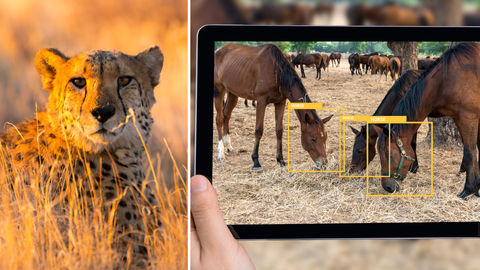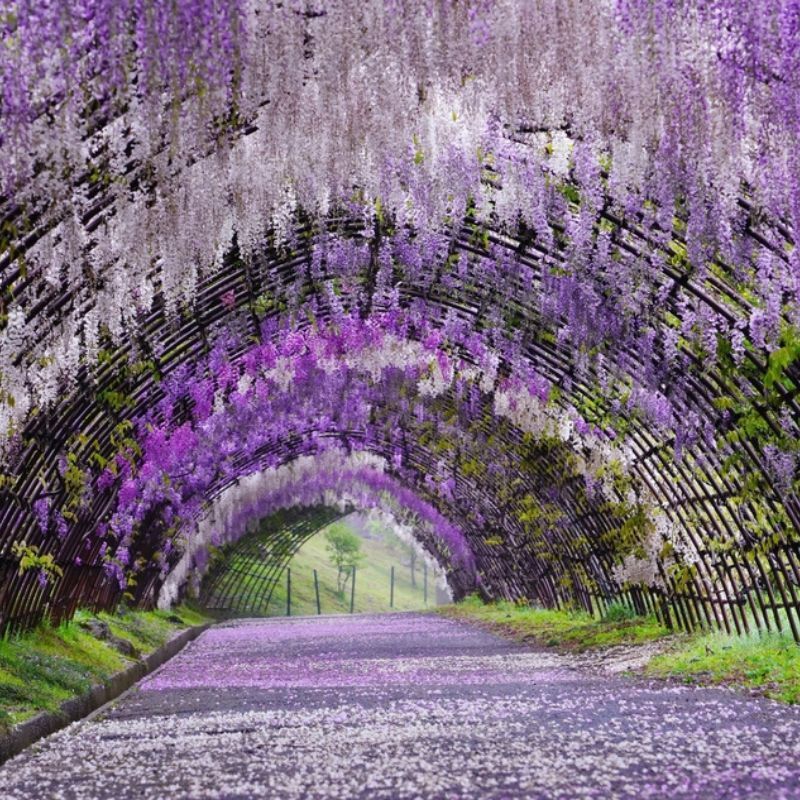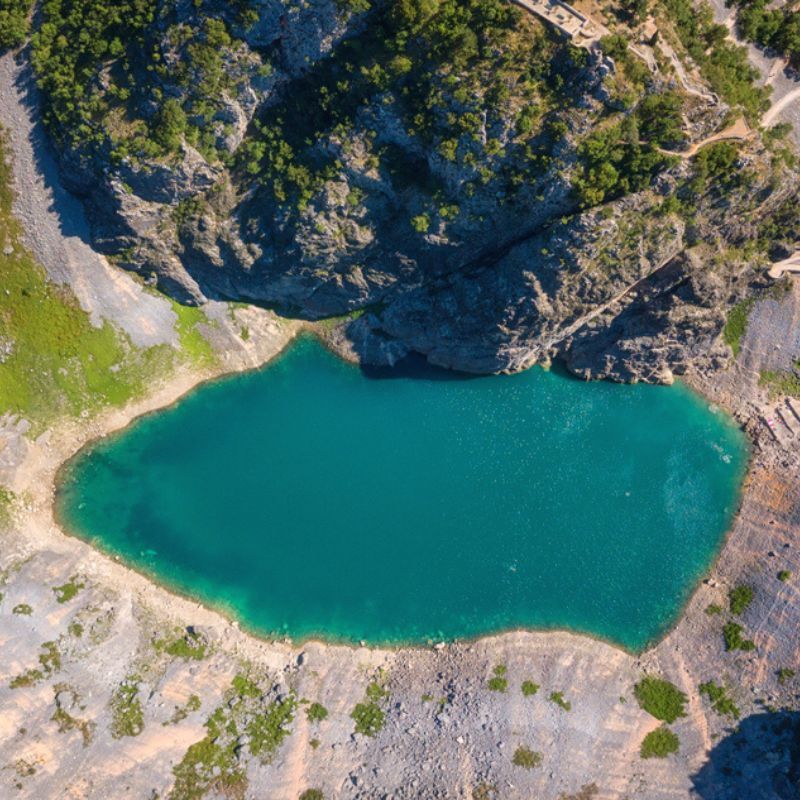
Take a look at the smart tools that are making deep inroads in monitoring, surveying and mapping wildlife globally as well as in India, thus augmenting conservation processes and efforts. By Satarupa Paul
View this post on Instagram
Last week, amidst all the gloomy news of the pandemic and the rising number of COVID-19 cases in the country, one headline shone through like a ray of sunshine: India has secured yet another cosy spot in the Guinness Book of World Records, this time courtesy the 2018 Tiger Census that has now been recognised as the largest camera trap wildlife survey in the world. Conducted in 2018-19, the fourth iteration of the survey was the most comprehensive till date, in terms of both – resources, and data amassed. It was largely possible due to a combination of smart technologies, such as camera traps, E-surveillance and artificial intelligence (AI), amongst others.
“Camera traps were placed in 26,838 locations across 141 different sites and surveyed an effective area of 121,337 square kilometres,” a citation on the Guinness World Records website states. It goes on to elaborate that these camera traps captured a total of 34,858,623 photographs of wildlife, of which 76,651 were of tigers. “From these photographs, 2,461 individual tigers were identified using stripe pattern recognition software,” the citation reads. While this may be the first time that the role of artificial intelligence and other smart technologies in Indian wildlife conservation efforts has been recognised on a popular global platform, the phenomenon itself isn’t new.
View this post on Instagram
All over the world, camera traps have been used by conservationists for years to help them track, monitor and better understand the ecosystem and biodiversity of wildlife areas. However, while in the past these traps were set up and left for weeks to flash capture a picture whenever an animal walked by, now AI is being increasingly integrated with it to classify and track these animals in real-time, and even detect the presence of people where they shouldn’t be—thus, helping prevent poaching as well.
One of the most popular and successful AI-based applications has been the Protection Assistant for Wildlife Security (PAWS). It has been widely used in Uganda to assist park officials in designing effective patrolling routes even on tough terrains, and more importantly, to predict poaching threats through heat maps. The tool has also been tested in Southeast Asia and China with surprisingly effective results.
View this post on Instagram
Connected Conservation is another smart tech and AI-based programme that was launched in 2015 by the company Dimension Data, in partnership with CISCO. It uses a combination of digital data mapping of tourist traffic, thermal imaging, CCTVs, biometrics and IoT (Internet of Things) to share and control information amongst rangers who are connected via multiple devices. After a resounding success in reducing rhino-poaching in South Africa’s Kruger National Park by a whopping 96 per cent, the programme was expanded to Kenya, Zambia and Mozambique. Talks were also initiated with various state governments in India to implement the programme here.
The WildTrack Footprint Identification Technique (FIT) by SAS Institute — one of the frontrunners in AI, analytics and data management — is yet another tool for non-invasive monitoring of endangered species through digital images of footprints. “Measurements from these images are analysed by customised mathematical models that help to identify the species, individual, sex and age class,” reads a descriptor on the SAS website.
View this post on Instagram
In India, the most widespread implementation of AI in wildlife conservation has been in the All India Tiger Estimation or the Tiger Census of 2018, as duly noted by the Guinness Records as well. This latest assessment for tiger conservation used the Android-based application called M-STrIPES (Monitoring System for Tigers – Intensive Protection and Ecological Status) for collecting, archiving and analysing data. According to the National Tiger Conservation Authority (popularly, Project Tiger), the application also produces reports and maps by synthesising information on illegal activities, wildlife crime, protection efforts and ecological status at desired temporal and spatial scales. “If implemented as designed, the system reduces the response time of managers to detrimental events like poaching or habitat degradation and becomes a comprehensive tool to keep the pulse of a tiger reserve,” projecttiger.nic.in mentions.
Besides this, independent players are also actively using AI in tracking and protecting wildlife in the country. The Gurugram-based Teradata India is employing AI-driven predictive analysis on wildlife movement, tracking and health monitoring, as well as protecting wild animals from poachers through continuous monitoring of thermal and video images, and analysing uncommon behaviour using machine learning techniques. Researchers in Bengaluru’s National Centre for Biological Sciences has been using AI to predict habitat cover in the Eaglenest Wildlife Sanctuary in Arunachal Pradesh and Chilika Lake in Odisha. The Ashoka Trust for Research in Ecology and Environment, too, is developing a cloud-based machine-learning algorithm to facilitate ecosystem mapping and to create a bioresource atlas for Sikkim.
View this post on Instagram
In conclusion, artificial intelligence is being widely integrated in wildlife conservation efforts all over the world—not just to make the job phenomenally easier and faster, and to reap more efficient results, but also to help make up for the shortage of trained human resources who could be up for the task of documentation and protection of animals and biodiversity. Alternately, it also mitigates the risk to human safety that traditional methods of data collection pose due to the proximity to dangerous animals or environments.
The best part is that AI and its accompanying smart techs are all non-invasive. This means that the recording, tracking, monitoring and analysing happens from a distance and very discreetly without any disturbance to the wildlife itself. The future of wildlife conservation is exciting and promising, and needless to say, it lies with AI and the scores of smart technologies that are being used alongside it—from drones, bots and crowdsourced data to acoustics for marine wildlife conservation and more!
Related: What Are Indian Hotels Doing To Conserve Wildlife During Summer Months?










